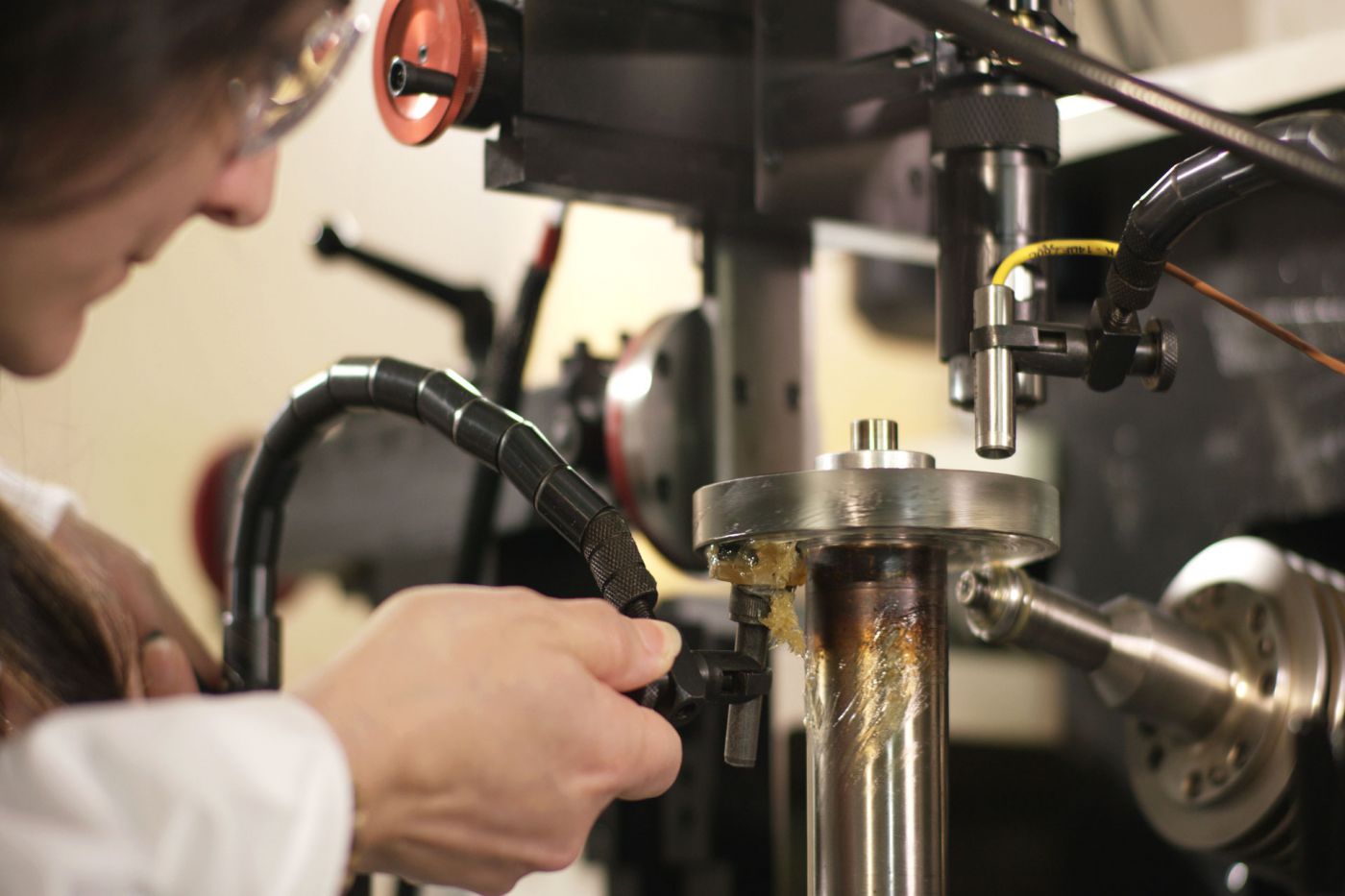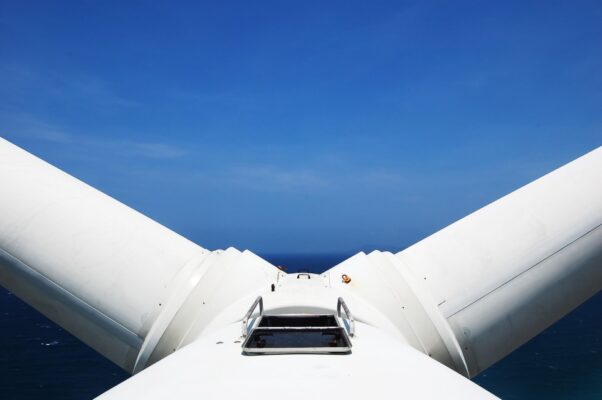Models for calculating bearing rating life have come a long way over the years. More and more factors such as the effect of lubricant viscosity and contamination have made rating life calculations more and more realistic. However, it must be stated that these calculations are estimates and not guarantees. This is because many factors come into play in different applications that may be hard to account for. What effect will unexpected temperature fluctuations have? What happens if lubrication degrades? How will different conditions interact with one another? Nonetheless, models for calculating bearing rating life provide operators with valuable insights for achieving consistent wind turbine operation.
How are rating life models developed?
All common rating life models are based on a scientific, mathematical model, which is calibrated using test data from bearing endurance tests. Such testing is conducted on a batch of bearings and not a single bearing or component. The tests are performed under laboratory conditions and extrapolation and the use of other models allows the transfer to typical application conditions. Usually, rating life models are implemented in calculation software, but some models can also be calculated by hand. Most rating life models use performance parameters like the dynamic load rating C to characterize the bearing performance and to enable a quick and easy pre-selection of the required bearing type and size.
A point of reference for both manufacturers and users
Bearing rating life calculations are usually performed by product developers, application engineers or customers’ product designers. But they are also particularly useful for the wind turbine technicians who use the bearings. Typically, the bearing manufacturer would use a more detailed, complex model when developing the bearings or when supporting customers for a proposal of the bearing and arrangement. This enables more in-depth and realistic calculation of bearing rating life, which is necessary when developing or selecting a product. For customers, the models are somewhat stripped back, as complex models require confidential information on the internal geometry, for example. However, they do allow companies to calculate their own component scenarios for installing a new wind turbine bearing, for example. Users can download and use tools, such as apps – sometimes free of charge. More powerful tools, like SKF SimPro, can be purchased if needed.
The factors and conditions covered by calculation models have increased in detail drastically since they were first developed. Research and development staff can now test and simulate, using modern computer supported calculations, complex effects such as stress distribution or complex failure modes – shedding light on failures that previously would have been difficult to replicate. By using bearing calculations as a point of reference, operators put themselves in the best position to avoid using a bearing that is unsuitable for their application.
SKF leading the way in calculation models
SKF places high value on bearing rating life calculations and is continuously developing new models and enhancing existing ones. SKF recently developed and launched the Generalized Bearing Life Model (GBLM), which is the first model for hybrid bearings. It is challenging to estimate the lifespan of hybrid bearings due to complex tribological mechanisms and the fact they face higher contact stresses as a result of ceramic rolling elements. SKF was able to incorporate these factors into the GBLM – a significant step forward in bearing rating life calculation. A key element of the GBLM is the separation of physical effects on the bearing component surfaces from those of the component sub-surface, meaning in the volume of the bodies. In all existing rating life models, these effects are intermingled, which makes it extremely difficult to incorporate new models. The GBLM will be rolled-out to more and more products and demanding applications in the coming years, and therefore provide insights into better understanding bearing rating life better in all phases of the bearing life cycle.



